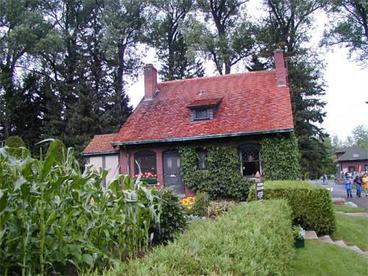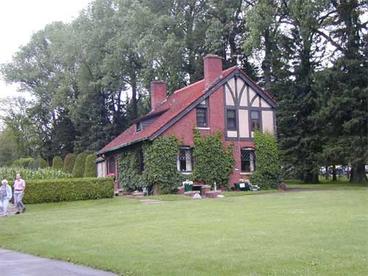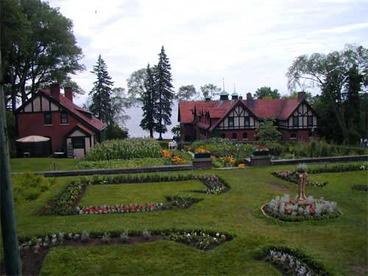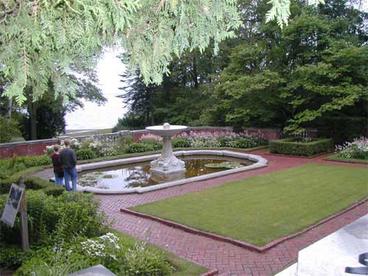Address
Directions
Just north of downtown Duluth
Phone
Fax
Run by
The University of Minnesota
Date Established
Designer
Size
Cost
Grounds – No admission fee
1-1/4 hr. tours of the mansion – Fee (recommended)
Peak Season
Region
Garden Type
Extras
- Free parking at entrance
- Restrooms
- Gardens – limited accessibility (Mansion- accessible)
- Food – Tea room in lower level of mansion
- Weddings can be scheduled in the gardens
Comments
Glensheen is a well-preserved 22-acre estate, listed on the National Registry of Historic Places. It encompasses the 39 room, Jacobean mansion with its original furnishings surrounded by outbuildings including carriage houses and the original, charming gardener’s cottage. The Congdon family who built the estate from 1905 to 1908 and who lived in there through the 1960’s had made their fortune in lumber. Defying the convention of the times (which was the wealthy lived up on the hillside bluffs of Duluth) the house was built on the lake shore. A landscape architect from New York City, Charles W. Leavitt, was hired to ensure the siting of the house disturbed the wooded land as little as possible. Extensive formal gardens in descending levels from the house to the lake were executed based on English landscape gardening concepts of the time. Planting beds were placed around a framework of walls, hedges and paved walkways. This formal central swath was flanked by wilder, wooded areas on either side of the mansion. Paths meander through these woods and a picturesque stone footbridge spans a tributary stream that runs into the lake. In their heyday, the gardens were much more elaborate than today and the grounds contained four large greenhouses, torn down in 1971. These were formerly located behind the gardener’s cottage and generated the 6,000 or so annuals planted each year. Still visible are remnants of the utility gardens that formerly grew most of the foodstuffs for the Congdon family. Some of these gardens are now used to do vegetable trials and mulch studies by the University of Minnesota in Duluth.



